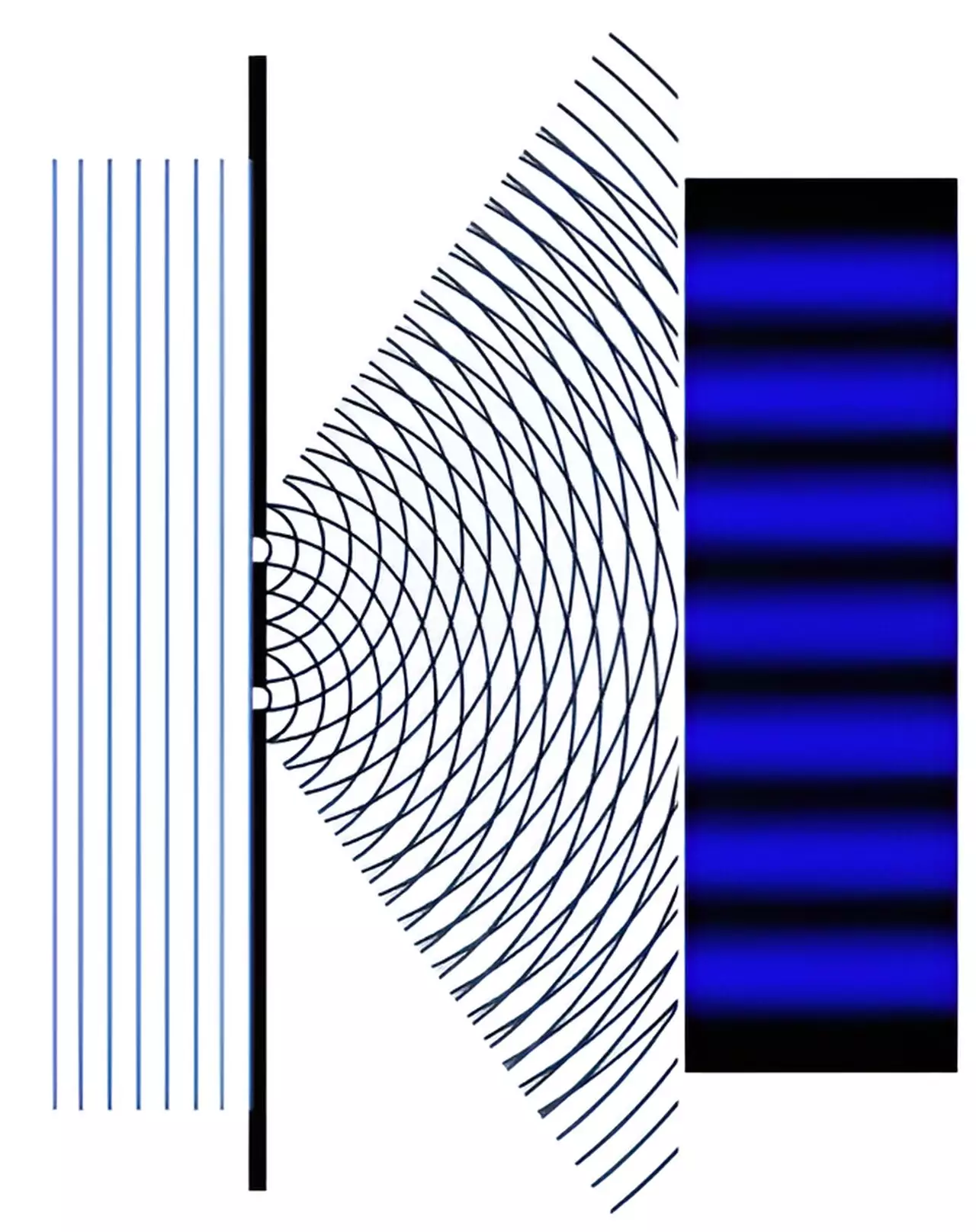The advancement of quantum computing has ignited a race among researchers to unlock the unparalleled potential of this revolutionary technology. Among the various models under investigation, the concept of a topological quantum computer stands out as a theoretical marvel, promising stability and computational prowess beyond the capabilities of classical systems. However, the road to realizing this vision hinges on the development of a unique class of qubits that have yet to be realized in practice.
At the heart of quantum computing lies the qubit—an essential unit that can exist in multiple states simultaneously, unlike the traditional bits used in classical computing, which are confined to binary values. Today’s quantum computing endeavors mainly rely on implementations using trapped ions or superconducting circuits. Still, these conventional qubits face vulnerabilities, such as decoherence, which limit their operational durations and stability.
To overcome these inherent challenges, researchers are exploring topological qubits, which propose to employ exotic states of matter to encode information. Unlike regular qubits, topological qubits, theoretically impervious to certain types of errors, promise a more robust framework for quantum computation. However, realizing such qubits requires novel particles that exhibit unusual properties.
Recent findings in quantum physics introduce an intriguing possibility: the creation of particles that behave like halves of electrons, dubbed “split-electrons.” This anomaly arises from the peculiarities of quantum mechanics and has captured the attention of physicists worldwide. The groundwork for this revelation was laid out in a collaborative study by Professor Andrew Mitchell at University College Dublin and Dr. Sudeshna Sen from the Indian Institute of Technology in Dhanbad, emphasizing the role of quantum interference in nano-scale electronic circuits.
As electronic components shrink into the nano regime, the classical physics that governs our everyday experiences falls short. At this scale, quantum mechanics takes dominion, dictating the behavior of particles as they traverse minuscule paths. In these dimensions, electrons begin to display counterintuitive behavior, such as the ability to be individually observed as they navigate through pathways that can diverge and recombine.
Delving deeper, the study reveals how quantum interference among electrons can foster conditions where they seem to split. This phenomenon occurs when multiple electrons approach one another in a nanoelectronic circuit, repelling each other and altering the quantum interference patterns. In essence, while each electron remains indivisible, their collective interactions can manifest as split states effectively acting like “Majorana fermions.”
The Majorana fermion, a theoretical entity first proposed by mathematicians over eight decades ago, holds significant implications in the realm of quantum technologies. The existence of this unique particle could provide answers to longstanding questions about creating and manipulating topological qubits, thus paving the way for novel quantum computing systems. By synthesizing these particles in nanoelectronics and exploiting quantum interference, researchers might be able to engineer the building blocks of a new computational paradigm.
The implications of this discovery resonate across the fields of theoretical and experimental physics. While the theoretical underpinnings provide a conceptual framework, tangible validation remains crucial. The landmark double-slit experiment, a staple of quantum mechanics, showcases how quantum entities can demonstrate wave-like properties and interference. Individual electrons passing through dual openings can exhibit patterns resembling waves, leading to interference effects that mirror the behavior observed in nanoelectronic circuits.
Replicating such quantum phenomena in practical applications remains a daunting task, as scientists strive to isolate and manipulate Majorana fermions within devices. Successful demonstration could not only illuminate the mysteries underlying these elusive particles but also substantially advance the quest for stable, scalable quantum computers.
The quest for topological quantum computers continues, entwined with the pursuit of robust qubits that can withstand the challenges of decoherence and error rates. The conceptual leap from theoretical proposals to practical implementations is fraught with difficulties, yet the burgeoning insights surrounding split electrons and Majorana fermions bring renewed optimism to the field.
As experimental techniques advance and our understanding of quantum behaviors in nanostructures deepens, the potential for creating stable topological qubits inches closer to reality. Researchers stand at the precipice of a new computational age, driven by the promise of high-performing, fault-tolerant quantum systems. Through rigorous investigation and innovative experimentation, the landscape of computing may once again be transformed, reshaping our interaction with technology as we know it.


Leave a Reply